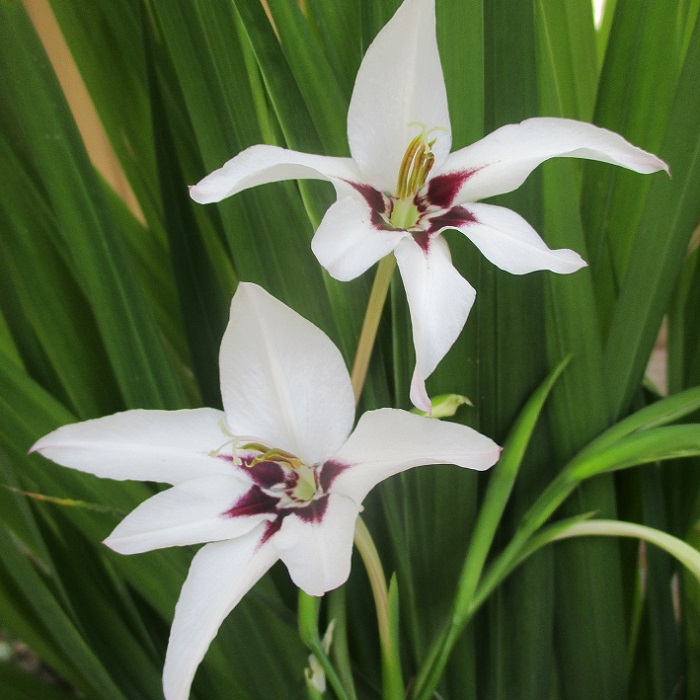UNITED STATES—Spring bulbs lack immediate gratification. They will, of course, justify their habitation of the garden as they bloom next spring. For now, they are not much to look at, and do not stay visible for long. While dormant, they pose neither foliage nor significant roots. Most look something like small and disfigured onions. Burial in shallow graves conceals their uninteresting exteriors through winter.
Cool season bedding plants can effectively obscure the otherwise bare soil over the grave sites of some types of bulbs. Mulch might be best for those that should start to grow immediately or that will develop an abundance of foliage. While plants above them may need watering until the rainy season begins, dormant spring bulbs need no more attention. They disperse roots through winter.
Spring bulbs, including corms, rhizomes, tubers and tuberous roots, are oblivious to the discomforts of transplant while dormant. However, they want to wake from their dormancy in situations that are conducive to normal development and bloom. Some prefer shallow planting. Others require significant depth for stability. Most but not all spring bulbs perform best in small groups or colonies.
Spring bulbs are surprisingly diverse.
Narcissus, daffodil and crocus are the first spring bulbs to bloom as winter ends, or even earlier. Tulip, hyacinth, grape hyacinth, freesia, anemone, ranunculus and some types of iris bloom shortly afterward. Late iris, lily and montbretia bloom later, and some types are considered to be summer bulbs. Spring bulbs become available in nurseries while seasonable. Summer bulbs arrive later.
Most spring bulbs bloom only once. Plaiting them in phases a few weeks apart within their respective seasons can prolong bloom. Each subsequent phase begins bloom as the preceding phase finishes. However, narcissus, daffodil, grape hyacinth and others that can naturalize will bloom simultaneously after their first season. Most spring bulbs unfortunately do not naturalize reliably here.
Gladiolus and allium are summer bulbs that bloom once. Calla, canna and dahlia bloom through summer.
Highlight: Abyssinian Gladiolus
Summer bulbs and bulb like perennials bloom after spring bulbs. They therefore prefer later planting. Abyssinian gladiolus, Gladiolus murielae, is likely unavailable in nurseries while spring bulbs are seasonable. Their bulbs should be obtainable and ready for planting later, while other summer bulbs are in season. Abyssinian gladiolus blooms late in summer, or may still be blooming now.
Abyssinian gladiolus is more discreet than the more common hybrid gladiolus. It is also more reliably perennial. In favorable conditions, bulbs might multiply enough to be somewhat invasive. The narrow leaves stand more than two feet tall. Floral stems can be three feet tall, to loosely suspend a few white flowers with garnet red centers. Each mildly fragrant flower is about two inches wide.
The bulbs, which are technically corms, prefer organically rich soil that drains well. Digging and storing them through the locally mild winters is unnecessary. After many years, established colonies of bulbs might migrate upward and closer to the surface of the soil. Digging dormant bulbs that have gotten too shallow to stand upright while foliated, and burying them deeper, improves stability.
Horticulturist Tony Tomeo can be contacted at tonytomeo.com.






